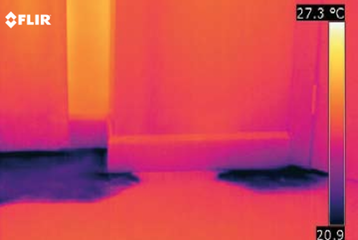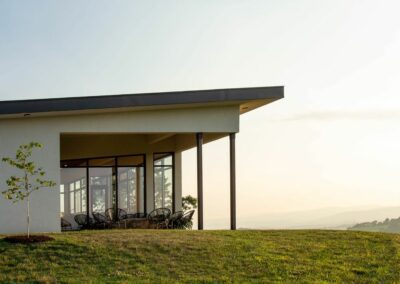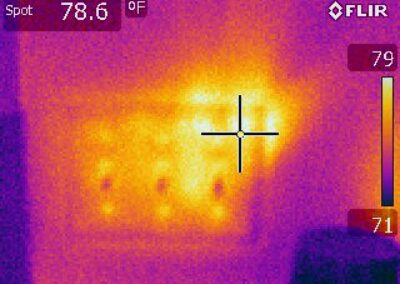 Give us some background on your company. What do you do and why do you do it?
Give us some background on your company. What do you do and why do you do it?
Ivy Tools supplies instruments to test and diagnose issues of building performance. These tools enable contractors, inspectors, energy auditors, HVAC technicians, and homeowners to answer tough questions about a building. Maybe it’s, “Why is this room so uncomfortable?”, or “How can I reduce my utility bills?”, or “Where is that persistent leak coming from?”. Building science has come a long way in understanding how a building and its systems interact to provide a space that is healthy, comfortable, and sustainable. At the same time, advances in technology have made it possible to scientifically quantify the condition of a building’s systems in a cost-effective manner, in many cases even as the building is being constructed. These developments are changing the way we build, and changing it for the better. Why do I do it? That part is probably obvious already–I do it because I love it. Building performance is just our little piece of a larger puzzle. From great design to building heath and comfort, the built environment shapes much of our lives, and I believe doing it well is important.
Do you have an ideal client? If so, what do they look like?
Someone who needs to answer a question about a building performance issue, and needs the diagnostic means to do so, makes a good client for Ivy Tools. We are happy to 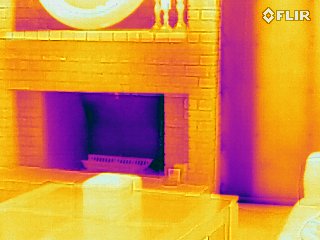 provide our time and experience to help customers solve issues such as air leakage, moisture intrusion, duct performance, or energy usage. And of course we’re happy to provide any needed diagnostic instruments as well!
provide our time and experience to help customers solve issues such as air leakage, moisture intrusion, duct performance, or energy usage. And of course we’re happy to provide any needed diagnostic instruments as well!
What is your favorite success story in the past few years?
Wow, it’s hard to choose just one. We love to see problems solved, or questions answered. That’s what good diagnostics is all about. Choosing a real world, day-to-day example, I recently received a call from a water restoration contractor who was working in a large commercial office space that had been flooded to a depth of about four inches. He was already using one of our moisture meters, a Delmhorst BD-2100. But the enormity of the job meant he needed to quickly locate and address the walls 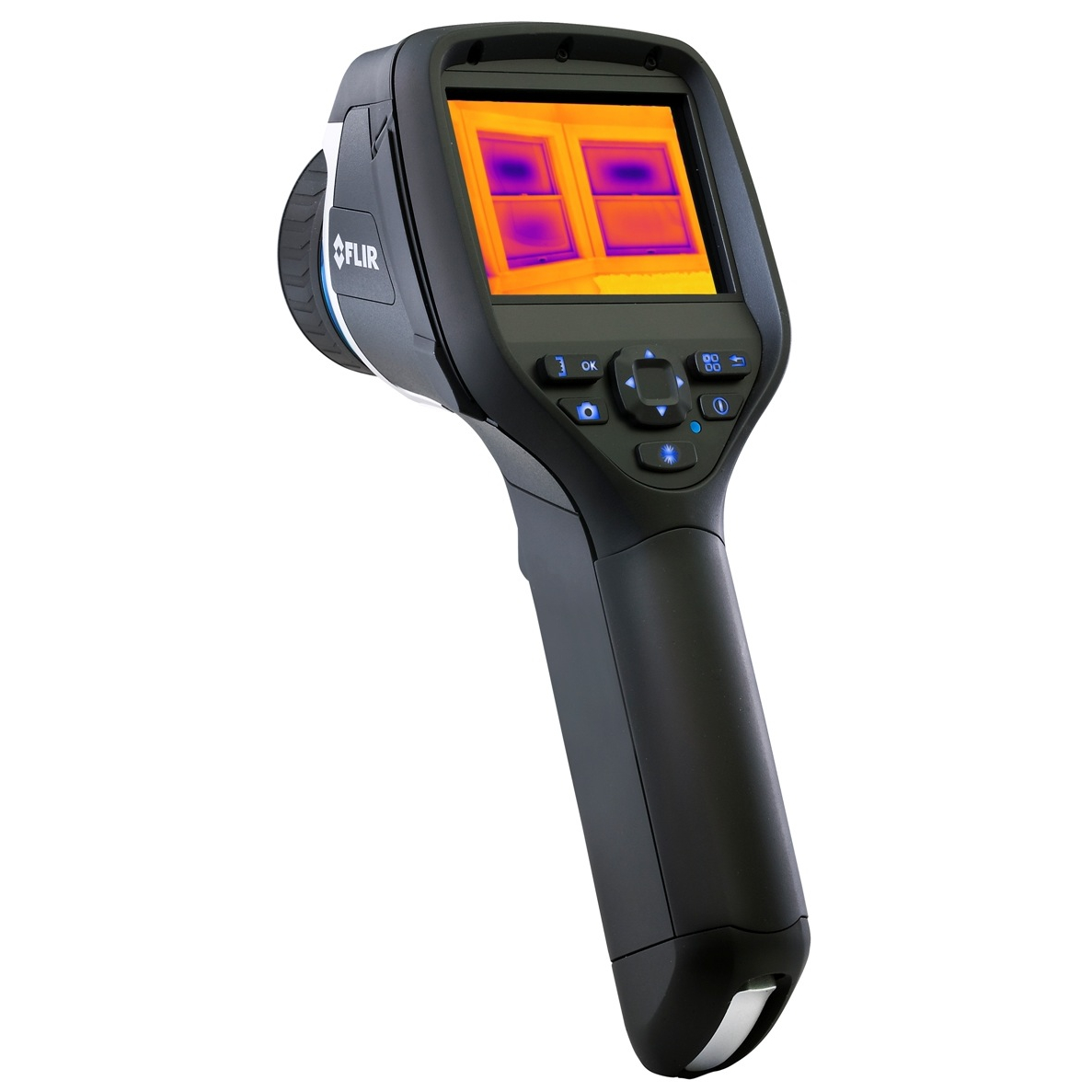
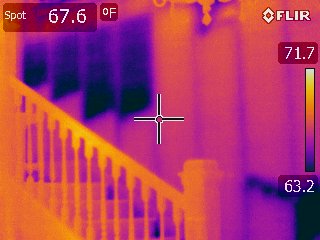 that had absorbed the most water. I suggested using a thermal camera to find the moisture patterns and locate the most affected areas. Since a thermal camera views heat patterns, and since wet walls absorb and release heat at a different rate than dry walls, it’s a great choice to quickly locate the worst water damage. The contractor was able to visualize the most critical areas and balance his remediation efforts accordingly. The building owner and insurance adjuster were impressed with the scientific approach to evaluating the problem, and happy that they didn’t need to completely gut the building. The contractor called me a week later to thanks us and report that the thermal camera had paid for itself in just that one job.
that had absorbed the most water. I suggested using a thermal camera to find the moisture patterns and locate the most affected areas. Since a thermal camera views heat patterns, and since wet walls absorb and release heat at a different rate than dry walls, it’s a great choice to quickly locate the worst water damage. The contractor was able to visualize the most critical areas and balance his remediation efforts accordingly. The building owner and insurance adjuster were impressed with the scientific approach to evaluating the problem, and happy that they didn’t need to completely gut the building. The contractor called me a week later to thanks us and report that the thermal camera had paid for itself in just that one job.
Favorite place to spend a Saturday afternoon?
Hiking with the family would probably top the list. Favorite spots include the High Knob fire tower on the West Virginia border, and Hogcamp Branch in Shenandoah National Park. A close second to hiking would have to be working on an old British car. My children all learned their fractions from handing me the right wrench while I’m under a car. I’m currently restoring a 1965 Triumph TR4.
What is your favorite book?
That would have to be A World Lost, by Wendell Berry. It’s a novel about being rooted in place and time, and understanding community and our place in it. I try to read it every couple of years, usually in the summer since that’s when the book takes place. To name a favorite from within our industry, it’s hard to beat Residential Energy, by John Krigger and Chris Dorsi. It’s the standard text on understanding the house as a system, and introduced me and many others to both the theories and best practices of home performance. Did I really just choose a textbook as a favorite book?